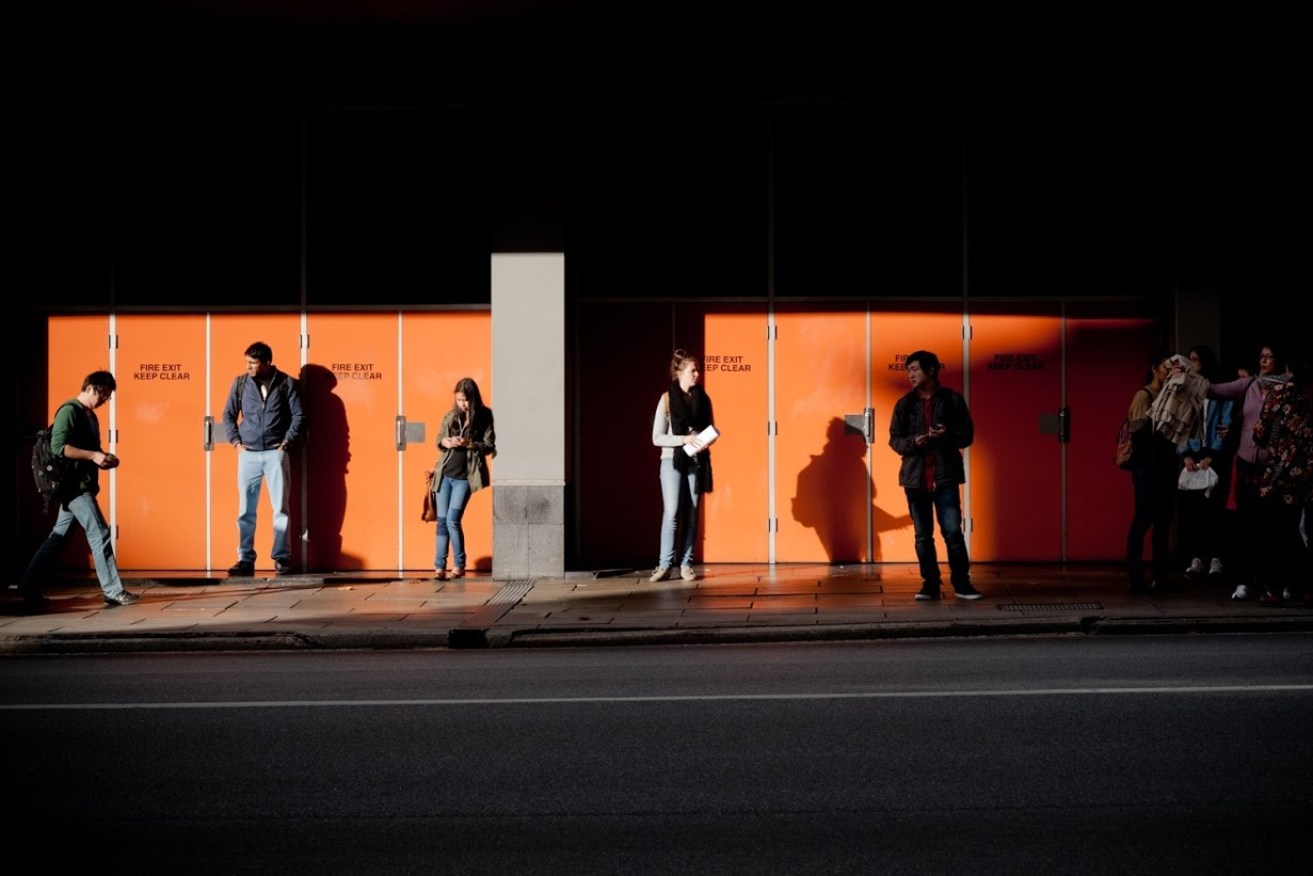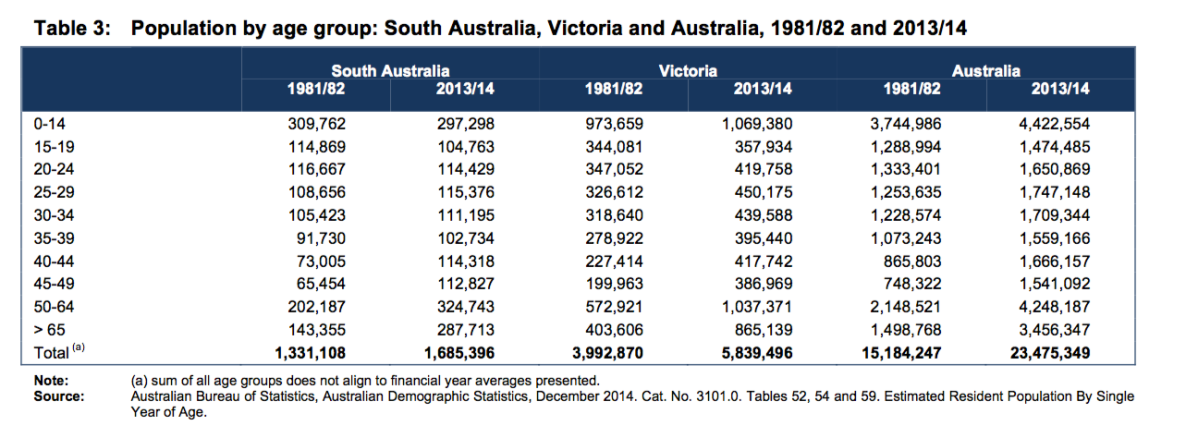Warning of new State Bank-style exodus
The age structure of South Australia’s population is a “very strong impediment” to economic growth, with the total number of young workers now smaller than in the 1980s, a new economic study has found.


A study of the state’s population profile, by the South Australian Centre for Economic Studies (SACES) at the University of Adelaide, says that an exodus from the state began in the 1990s following the State Bank collapse.
It warns the state must be careful to avoid more working families and young people leaving South Australia, and it may need more overseas migration to provide skilled workers.
The executive director of SACES, Associate Professor Michael O’Neil, said the effects of the post-State Bank period was being seen in the population statistics.
While there was a perception that many older people fled the state to sunnier climes in Queensland following in the midst of the bank crisis, the figures show that families and young people had actually led the interstate charge in search of jobs.
Today, that means that South Australia has a lower proportion of people in the 0-14 and 15-29 years age group.
“These are the children of people who moved interstate during the State Bank crisis,” O’Neil told InDaily.
“We don’t want to see that sort of situation happen again with GMH (closing) and Arrium as well. There’s still an overhang with this 1990s phenomena.”
The paper outlines how the population structure is working against South Australia’s economic interests.
“The age structure of the state’s population and workforce is currently a very strong impediment to economic growth,” O’Neil said.
In three decades (1981-2014), South Australia’s population grew by 350,000 people or almost 27%, which is lower than neighbouring Victoria (46%) and less than half the rate of the nation (55%).
The SACES analysis shows that South Australia now has fewer younger people people who are potentially “economically active” than in the early 1980s.
By contrast, the number of South Australians aged 65 and over who are not in the labour force has increased dramatically – from 16% in 1981-82 to 26% in 2013-14.
SA also has an employment-to-population ratio which is lower than the national average. Fifty eight per cent of the population is employed.
SA’s workforce across the ages 15-64 is growing at half the national rate.
The Catch 22 for SA is that the study finds the lack of population growth is feeding into a declining share of national employment, meaning more people are leaving to find jobs interstate.
“These figures represent a real challenge for our state, as they suggest our economy is not creating enough employment opportunities, which impacts on the level and growth rate of Gross State Product,” O’Neil said.
“All economic analysis shows that increases in the population – and especially of young people and young families who are well educated – adds to economic growth through their consumption expenditure. Faster population growth adds demand for housing, schools, retail, household consumption expenditure; employment is generated through these private and public investments.”
One solution could be skilled migration.
O’Neil said SA has had a positive trend in net migration over the past 10 years.
“Efforts focused on boosting skilled migration and reducing interstate migration will be greatly needed if South Australia is to be successful in boosting its economy,” he said.
The Local Government Association yesterday called on the State Government to develop a policy for growing population in regional centres.





